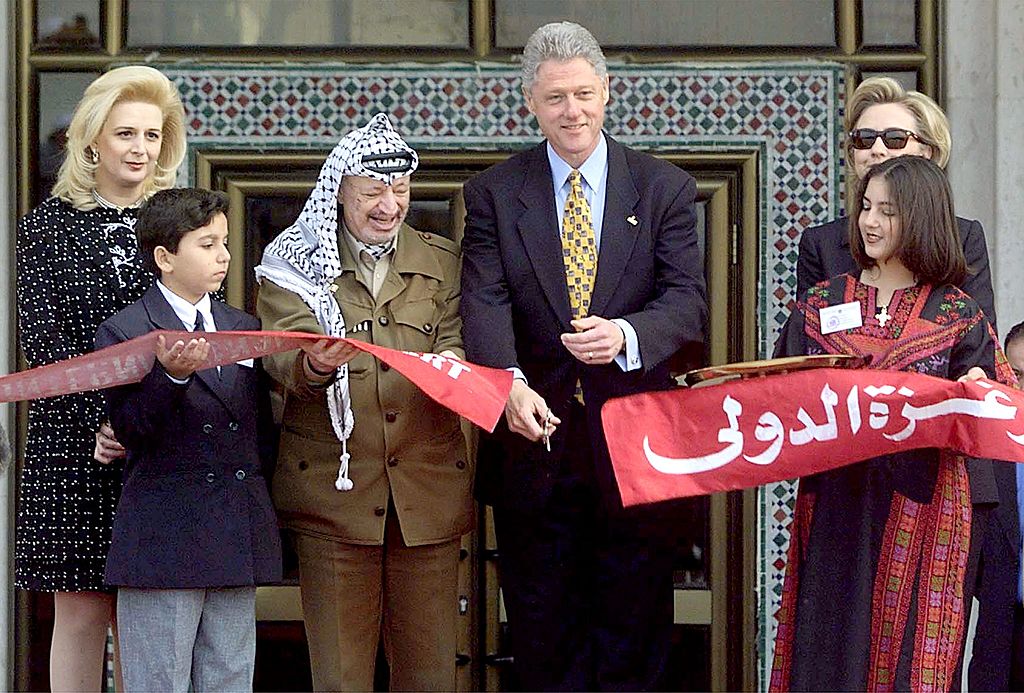
The proposal President Donald Trump floated this week for the United States to assume control of the Gaza Strip, expel its Palestinian residents, and transform it into a “Riviera of the Middle East” has sent shockwaves across the world.
But Trump is not the first American president to put forward a vision for Gaza’s future. In December 1998, as a member of Congress, I accompanied President Bill Clinton on a historic trip to Israel and the Gaza Strip. It was a moment of rare optimism, coming just months after an interim peace accord–the Wye River Memorandum–that Clinton and his team had painstakingly negotiated with Prime Minister Benjamin Netanyahu and Palestinian leader Yasser Arafat.
[time-brightcove not-tgx=”true”]
I remember watching as President Clinton cut the ribbon on a newly opened international airport in Gaza, a project Israel had committed to supporting as part of the agreement. Clinton spoke of America’s determination to help bring “tangible benefits of peace” and envisioned a future where “tourists and traders can flock here, to this beautiful place on the Mediterranean—a future, in short, in which the Palestinian people are connected to the world.”
We also visited a brand-new beach hotel, an obvious tourist destination befitting a “Riviera.”
Read More: How Trump Can Redeem His Gaza Fiasco
The sense of possibility was palpable. Shortly afterward, the Palestinian governing body voted overwhelmingly to remove language from its charter calling for the destruction of Israel. It was another step required by the Wye memorandum.
But optimism quickly gave way to reality. The Wye agreement collapsed within months, and Clinton’s herculean effort to broker a final peace accord failed in the closing weeks of his presidency. By 2001, the second intifada had erupted, and the Israeli military rendered the new Gaza airport unusable. By 2007, Hamas, a militant group committed to Israel’s destruction, had taken full control of the territory.
In the years following Hamas’ rise, Israel sought to deter attacks emanating from Gaza. That deterrence failed spectacularly on October 7, 2023. In response, Israel has resolved that Hamas and other extremist factions must be not just deterred but decisively defeated.
Read More: How Trump Can Be a Middle East Peacemaker
I support Israel’s goal of dismantling Hamas to ensure Israel’s security. But that does not mean the long-term vision of Israelis and Palestinians living peacefully side by side should be abandoned. President Trump was right to raise the question of Gaza’s future, but he was wrong to imagine it without its Palestinian residents. Neither peace nor prosperity can be built on mass displacement.
Before visiting Gaza in 1998, President Clinton addressed the Israeli people: “In the historical relationship between Israelis and Palestinians, one thing and only one thing is predestined: you are bound to be neighbors. The question is not whether you will live side by side, but how you will live side by side.”
Today, that truth remains unchanged. If history has taught us anything, it is that lasting peace requires engagement, not exclusion. The world has seen what happens when hope is abandoned. Twenty-seven years after the Clinton visit, it is past time to build a future in which both Israelis and Palestinians have a stake.



